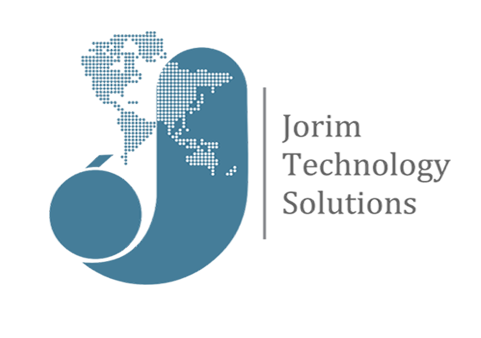IaaS
IaaS is on-demand access to cloud-hosted computing infrastructure—servers, storage capacity and networking resources—that customers can provision, configure and use in much the same way as they use on-premises hardware.
The difference is that the cloud service provider hosts, manages and maintains the hardware and computing resources in its own data centers. IaaS customers use the hardware via an internet connection, and pay for that use on a subscription or pay-as-you-go basis.
Typically IaaS customers can choose between virtual machines (VMs) hosted on shared physical hardware (the cloud service provider manages virtualization) or bare metal servers on dedicated (unshared) physical hardware. Customers can provision, configure and operate the servers and infrastructure resources via a graphical dashboard, or programmatically through application programming interfaces (APIs).
IaaS can be thought of as the original 'as a service' offering: Every major cloud service provider—Amazon Web Services, Google Cloud, IBM Cloud, Microsoft Azure—began by offering some form of IaaS.
Benefits of IaaS:
Compared to traditional IT, IaaS gives customers more flexibility build out computing resources as needed, and to scale them up or down in response to spikes or slow-downs in traffic. IaaS lets customers avoid the up-front expense and overhead of purchasing and maintaining its own on-premises data center. It also eliminates the constant tradeoff between the waste of purchasing excess on-premises capacity to accommodate spikes, versus the poor performance or outages that can result from not having enough capacity for unanticipated traffic bursts or growth.
Other benefits of IaaS include:
- Higher availability: With IaaS a company can create redundant servers easily, and even create them in other geographies to ensure availability during local power outages or physical disasters.
- Lower latency, improved performance: Because IaaS providers typically operate data centers in multiple geographies, IaaS customers can locate apps and services closer to users to minimize latency and maximize performance.
- Improved responsiveness: Customers can provision resources in a matter of minutes, test new ideas quickly and quickly roll out new ideas to more users.
- Comprehensive security: With a high level of security onsite, at data centers, and via encryption, organizations can often take advantage of more advanced security and protection they might provide if they hosted the cloud infrastructure in-house.
- Faster access to best-of-breed technology: Cloud providers compete with each other by providing the latest technologies to their users, IaaS customers can take advantage of these technologies much earlier (and at far less cost) than they can implement them on premises.
IaaS use cases
Common uses of IaaS include:
- Disaster recovery: Instead of setting up redundant servers in multiple locations, IaaS can deploy its disaster recovery solution to the cloud provider's existing geographically dispersed infrastructure.
- Ecommerce: IaaS is an excellent option for online retailers that frequently see spikes in traffic. The ability to scale up during periods of high demand and high-quality security are essential in today’s 24-7 retail industry.
- Internet of Things (IoT), event processing, artificial intelligence (AI): IaaS makes it easier to set up and scale up data storage and computing resources for these and other applications that work with huge volumes of data.
- Startups: Startups can't afford to sink capital into on-premises IT infrastructure. IaaS gives them access to enterprise-class data center capabilities without the up-front investment in hardware and management overhead.
- Software development: With IaaS, the infrastructure for testing and development environments can be set up much more quickly than on-premises. (However, this use case is better suited to PaaS, as you'll read in the next section.)
